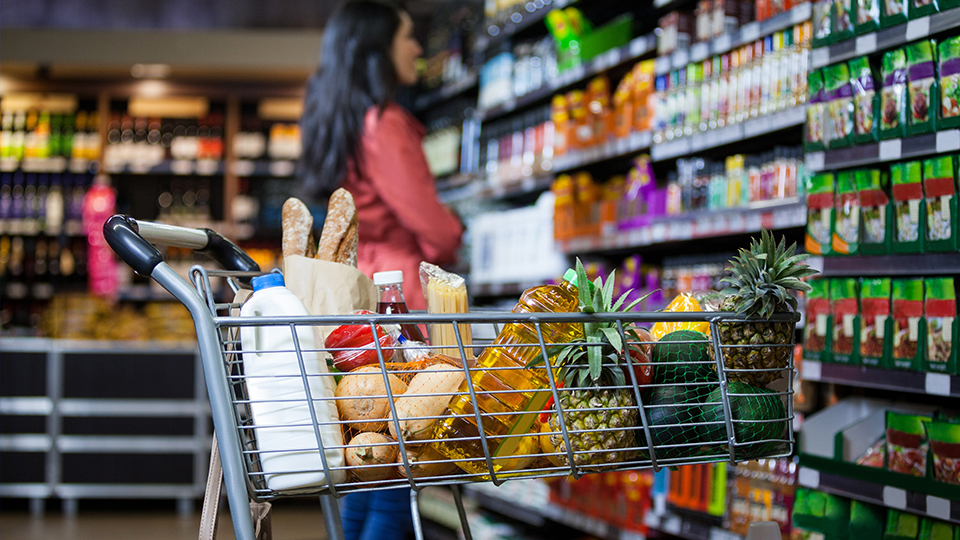Purdue: Food insecurity still rising; attributed to SNAP rollback, high prices
Subscriber Benefit
As a subscriber you can listen to articles at work, in the car, or while you work out. Subscribe Now
National food insecurity has reached 17% for the second time in 18 months, according to Purdue University’s June Consumer Food Insights Report.
This likely can be attributed to both rising food prices and the cease of pandemic Supplemental Nutrition Assistance Program benefits, according to the report.
“The 17% food insecurity rate is up from 14% just two months ago, which is not necessarily far outside of the normal variation we have measured,” said Jayson Lusk, professor and head of Purdue Agricultural Economics, in a news release. “However, this increase could be concerning given the sum of external pressures being exerted on more vulnerable consumers.”
The report also floats the idea of recession and how spending would change in that case. People surveyed said they would cut back on buying steak and pork as well as dining out, which Lusk said falls in line with reactions with income drops.
“Discretionary spending on eating out will go first if consumers have to face a recession. Then people will cut back on more expensive items that they can easily substitute in their diets. Steak and bacon, for example,” Lusk said in the release. “It is interesting to see that the items with a large share of ‘does not apply’ are also largely items that will be cut back the most as many people are already choosing to forgo them.”
Other key stats in the monthly report include how food spending has increased 2.1% since last June, households making under $50,000 use online shopping more than others and households over $100,000 take more risks like eating unwashed fruits and undercooked meat.
